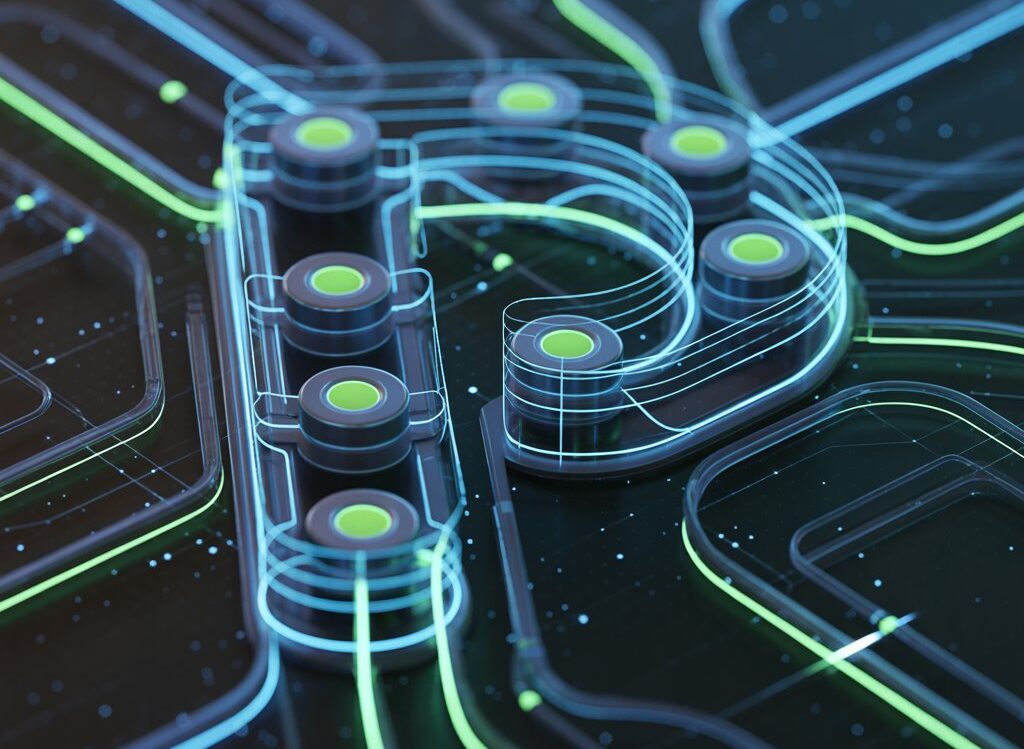If you’ve stumbled upon the term pizokeelio online, you’re not alone. From cryptic chat forums to thought-provoking editorial features, the word is suddenly popping up everywhere—yet few seem to know exactly what it means. Is pizokeelio a next-generation tabletop game, a philosophy, or a secretive digital influence system? The answer isn’t as simple as you might expect.
This in-depth guide draws from verified online sources, expert commentary, and emerging research to illuminate the real story behind pizokeelio. We’ll explore where it came from, how people are using it, what challenges it introduces, and why it could upend the way we interact, learn, and even think online.
Table of Contents
ToggleThe Curious Origins of Pizokeelio
It’s easy to dismiss pizokeelio as just another niche internet fad. In reality, its journey is anything but ordinary. The first known reference cropped up in October 2021 on the now-defunct ThinkSink forum—a haunt for digital theorists and underground gamers. An especially cryptic thread declared: “The Pizokeelio project is finally online. They won’t see it coming.” The statement drew intrigue and speculation from digital culture researchers, including contributors at Dot Magazine and well-known internet historian Adeline Kormas. Most agree that pizokeelio didn’t appear out of thin air. It may have roots in several places:- Tabletop Game Innovation: Certain mechanics mirror aspects of the folk strategy game “Pizzolee,” which was popular in Eastern Europe decades ago—a reference cited by game designer Marek Horvath.
- AI and Behavioral Science: Some digital anthropologists suggest it emerged from collaborative AI research projects focused on emotional resonance, like those published in the 2022 Digital Cognition Review.
- Meme Culture and Digital Subcultures: Others see its quirky branding as a product of 2020s net-meme culture, intentionally crafted to generate online curiosity and foster decentralized influence.
How Pizokeelio Works: Games, Algorithms, and Lifestyle Structures
Unlike many internet buzzwords, pizokeelio does more than generate hashtags. Let’s break down the three main ways it’s being adopted:A. The Tabletop Game: Complex Play & Social Strategy
At its heart, pizokeelio began as a high-strategy tabletop game for 4–8 players. Each round combines elements of bluffing, alliances, card play, and unpredictable outcomes. The latest community-authored rulesets even encourage campaign-style storylines, meaning no two sessions are alike.- Custom Tokens & Roles: Players take on unique personas and develop their own strategies as games evolve.
- Game Variants: “Turbo” and “Story Mode” variations have appeared in tournament play, keeping the experience fresh.
- Collaborative and Competitive Elements: The resonance score mechanism rewards cooperation, but also incentivizes clever betrayals—echoing classic strategic theory.
B. Pizokeelio as a Digital Influence System
Here’s where things get truly interesting. According to tech writers at Bsuperb, some believe pizokeelio has quietly evolved into an AI-driven digital influence layer. Rather than create or curate content, it works “behind the scenes,” modulating the emotional tone of online experiences through:- AI-Driven Engagement: Uses advanced tone mapping and predictive behavioral analytics to fine-tune digital communication.
- Micro-Latency Adjustments: Content layout and language are subtly altered in real time, making certain posts, comments, or ads feel just a bit more compelling or urgent.
- Distributed Signal Patterns: Rather than centrally controlled, influence is “seeded” through decentralized communities and proprietary algorithms—sometimes without the user ever realizing.
C. The P.I.Z.O.K.E. Philosophical Framework
If games and digital influence weren’t enough, there’s still the P.I.Z.O.K.E. framework—a six-factor philosophy (Presence, Intention, Zone, Optimization, Knowledge, Elevation) widely adopted in productivity circles and self-development forums.- Presence: Daily mindfulness rituals and digital “noise reduction” practices.
- Intention: Clear goal setting for personal and professional life.
- Zone: Maximizing deep work and creative flow states.
- Optimization: Tuning routines and systems to improve outcomes.
- Knowledge: Lifelong learning, both formal and informal.
- Elevation: Commitment to growth and positive change beyond achievement.
The Impact of Pizokeelio on Digital Culture
So, why does pizokeelio matter beyond its subcultures? Its interdisciplinary approach means its effects are felt in fields as varied as marketing, online education, community moderation, and digital well-being.1. Transforming Digital Content and Engagement
The system’s unique content modulation technology (especially within marketing or content platforms) is believed to:- Make campaigns feel “warmer” and more authentic, boosting brand loyalty and conversion rates
- Raise new challenges in combating misinformation and emotional manipulation online, as content is fine-tuned for resonance, not veracity
2. Redefining Viral Influence
Analysts note that pizokeelio doesn’t chase fleeting virality. Instead, it rewards sustained attention and emotional congruence. This approach can seed long-term community engagement and boost platform health—a perspective increasingly echoed in TED Talks and ethics panels.3. Fostering Community, Creativity, and Personal Growth
Gamified frameworks like pizokeelio have proven benefits in educating teens on strategy, building cooperation in remote teams, and offering new tools for creators, thanks to their adaptability and approachable entry points.Ethical and Practical Controversies: The Debate Heats Up
For every enthusiast, there’s a skeptic or critic concerned with pizokeelio’s rapid adoption and ethical gray areas. Here are the main issues fueling debate in forums and academic conferences:- Lack of User Consent: If online experiences are modulated without explicit permission, is that ethical or a breach of trust?
- Transparency Gaps: Platforms adopting pizokeelio methods may not disclose what or how they’re tweaking user experiences.
- Polarization and Manipulation: Echo chambers and “resonance bubbles” can form, raising the risk of social division or targeted misinformation.
- Opt-in consent for any behavior-modulating technology
- Rigorous pre-release algorithm audits by third-party experts
- Regular user-facing updates on what influence tools are in use
The Future Potential of Pizokeelio: Where Next?
Looking ahead, pizokeelio is poised to touch everything from immersive media to machine-aided education. Here’s what industry insiders and educators predict:- Personalized Storytelling: Brands and content creators will use pizokeelio to deliver deeply customized stories, connecting emotionally with users in unprecedented ways.
- Next-Gen E-Learning: Some experts believe the P.I.Z.O.K.E. framework could rebuild digital curricula for more student-centered, purposeful learning.
- Still-Evolving Neuromarketing: The technology could shift advertising and outreach toward true emotional intelligence, turning away from manipulative flash-in-the-pan tactics.

